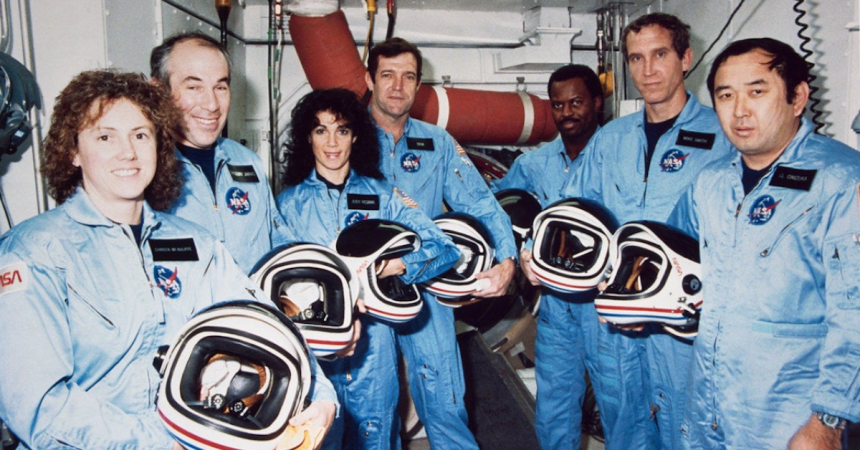The Cold War was a great time for NASA and the U.S. Air Force. It seemed like they were able to do pretty much whatever they wanted in the interest of just seeing if they could do it. But the X-15 was much more than just a power play. Even though the Air Force already had the perfect spy plane, capable of flying across the planet at Mach 3, they still decided to up the game just a little further and came away with some important discoveries, discoveries that led to the creation of the Space Shuttle.
Not to mention the world’s speed record for manned, powered flight – Mach 6.7.
The craft had to be drop launched from the wing of a specially modified B-52 Stratofortress but could reach the very edge of space, setting altitude records for winged aircraft. Once dropped from the wing of the “mother ship” the X-15 launched its XLR-99 rocket engine to propel the craft at hypersonic speeds. It was a unique plane because it was designed to operate in an environment where there was less air than other aircraft.
It was the world’s first spaceplane, thus it used rocket thrusters to control its altitude at times. It could switch back and forth between conventional flight controls as needed for exoatmospheric flight as well as landing the craft.

There were three different X-15 airframes. One suffered from a landing accident in 1962 that injured pilot John McKay. As a result of this flight and the damage suffered to the airframe, the fuselage was lengthened, it was given extra drop tanks for fuel beneath the wings and was given an ablative coating to protect its pilot from the heat of hypersonic flight.
A second one was lost in 1967, just minutes after its launch. The craft had taken a video of the horizon at the edge of space and began its descent to the world below. As the craft descended, it entered a hypersonic spin. Even though its pilot, Michael J. Adams, was able to recover the plane at 36,000 feet, it then went into an inverted dive at Mach 4.7. The plane broke up under the stress and Adams was killed.

Pilots who flew the X-15 to its highest altitudes were eventually given astronaut wings by the U.S. Air Force, considering the craft broke the USAF threshold for the edge of space at 50 miles above the surface of the earth. The craft would also make faster and faster hypersonic flights until Oct.3, 1967 when William J. “Pete” Knight took the craft to its maximum speed of 4,520 miles per hour.
Aside from these two achievements, the X-15 also had a number of notable firsts, including being the first restartable, throttle-controlled and man-rated rocket engine. It also tested the first spaceflight stellar navigation system and advanced pressure suits. The X-15 program was a direct ancestor of the modern Space Shuttle program, and without it, many notable achievements would not have happened.


























